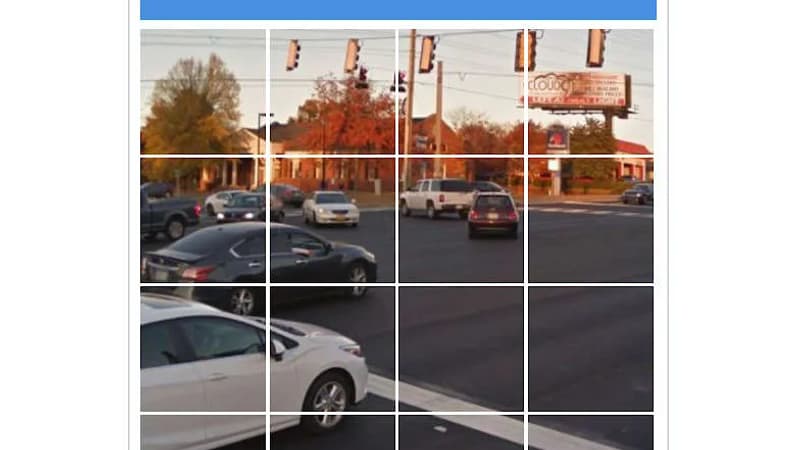Do you see that traffic light? Or this scooter? Yes, everyone can see it. But you have to select every centimeter of this two-wheeled vehicle using small squares to access a website or send a message through a form. If you select too many squares, you will go back or lose everything you typed in your form. And even if you feel like you’ve made it, you’ll have to start again and again with buses or cars.
This problem is the daily life of millions of Internet users who find it increasingly difficult to respond to Captchas, small tests that allow them to know if you are a robot or a real human. But doesn’t being successful mean you’re a robot? The answer is not so simple.
No, you are not a robot
Over the years, these robots that scour the web trying to spread spam have become more sophisticated. Artificial intelligence increasingly allows us to overcome the limitations developed, easily recognizing what Captcha requires of the user, that is, clearly identifying what is seen on the screen (scooters, buses, traffic lights, etc.).
Therefore, the creators of these solutions must constantly review their copy. This is the case of Google, which in 2009 offered the reCaptcha service, which several websites use today.
The simplest (reCaptcha V1) take the form of a text written in a strange way (taken from Google Books and articles from the New York Times to be able to be digitized), and which therefore must be transcribed.
The most common (ReCaptcha V2) Therefore, they are images that must be identified frame by frame.sometimes in several stages, sometimes painful.
The interpretation we make of the request for information – for example a traffic light – can lead us to failure. Should we select the boxes that contain the bar that contains these lights? It depends on your reCaptcha settings and its accuracy.
What happens with that millimeter of traffic light that sticks out in a square adjacent to the rest? Should you really select it? Again, it depends on the tool configuration. Sometimes you will have to select the box, sometimes you will not. Some Captchas will be more severe than others, they are random and therefore quickly painful.
Additionally, and less well known, Google uses this image recognition to train its internal artificial intelligence. If it’s asked to recognize a specific item, it’s also to make sure the AI knows what it looks like across a wide variety of photos.
What happens if you get stuck in a Captcha loop? You’re probably not the problem. It could be a bug, a problem related to an extension of your browser (such as an ad blocker), or simply a misconfiguration by the site administrator. If you find yourself faced with this loop, don’t panic: come back later or contact the person responsible who will (perhaps) correct the defect.
The end of images.
But, as painful as it was for humans, this solution quickly found its limits: as AI became increasingly efficient, images that needed to be identified in stages were easily bypassed.
Aware of the problem, Google came up with NoCaptcha, also called ReCaptcha (V3). In other words, he destroyed both the texts and the images.
This is the famous “I am not a robot” checkbox that does not require any additional effort. To simplify the process, Google has changed its method, analyzing the user’s movements on the page.
Therefore, normal behavior will have the mouse scroll first to go to the bottom of the page, but the mouse cursor will also scroll the page. A human behavior that robots do not necessarily have, since they will immediately go to the Captcha and check the “I am not a robot” box. The box is not visible all the time and works in the background. Invisible, therefore it can deceive and detect the most manipulative robots.
“It protects your website and mobile apps from abusive traffic, without compromising the user experience,” explains Google. “ReCaptcha (V3) uses an invisible, score-based detection mechanism to differentiate legitimate users from bots and other malicious attacks.”
Outdated websites
But most website developers are not updated and therefore do not implement noCaptcha. However, it is important. As Opteven developer Nicolas Petetin writes, the problems encountered with V1 and V2 leave out people who have trouble understanding an image or text, such as dyslexic or visually impaired people:
“A human user may have difficulty reading and understanding the characters/images present in a Captcha. That is why they are difficult to decipher, to prevent a computer from being able to do the same in a reasonable time.”
The end of traffic lights and buses is, ultimately, good news for everyone.
Source: BFM TV


